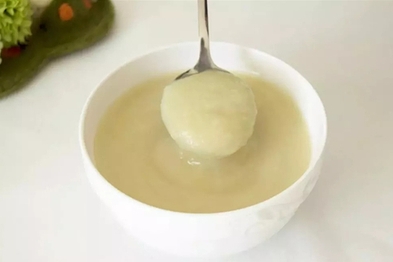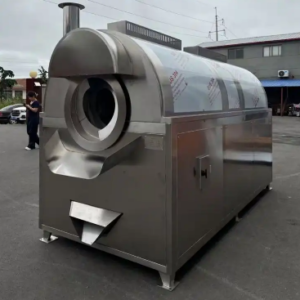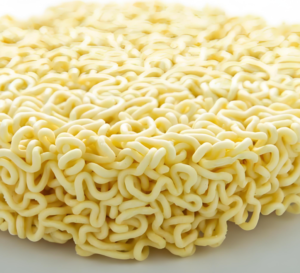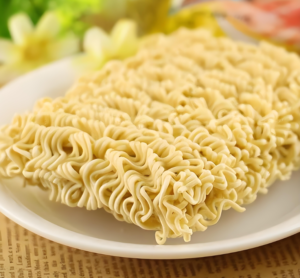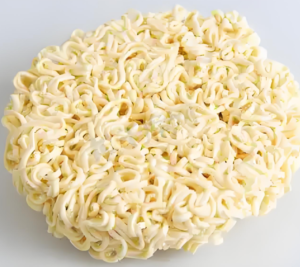baby food making machine baby food production line
ToggleHow to Produce Baby Rice Cereal: A Complete Manufacturing Guide
Baby rice cereal is one of the first solid foods introduced to infants, typically around 4-6 months of age. As a gentle transition from breast milk or formula, it provides essential nutrients while being easy to digest. This guide explores the industrial production process of baby rice cereal, from raw material selection to packaging, ensuring safety, nutrition, and quality.
1. Raw Material Selection
The foundation of high-quality baby rice cereal begins with selecting premium ingredients:
- Rice varieties: Short or medium-grain white rice is preferred due to its mild flavor and easy digestibility. Brown rice may also be used but requires additional processing.
- Quality standards: Rice must be free from contaminants, mold, and pesticides. It should have low levels of heavy metals (e.g., arsenic, cadmium) to meet infant food safety regulations.
- Fortification ingredients: Many commercial baby cereals add iron, calcium, zinc, and vitamins (B1, B2, B6, C, D) to support infant growth.
2. Cleaning and Soaking
The rice undergoes several preparatory steps:
- Cleaning: Removal of foreign materials (dust, stones, husks) using sieves and destoners.
- Washing: Thorough rinsing to eliminate surface starch and impurities.
- Soaking: Rice is soaked in clean water (50-70°C for 30-90 minutes) to soften the grains and improve grinding efficiency.
3. Grinding and Milling
The soaked rice is processed into fine powder:
- Wet milling: Rice is ground with water to form a slurry, then dried into powder.
- Dry milling: Soaked rice is dried first, then ground into flour using hammer or roller mills.
- Particle size control: The flour is sieved to ensure uniform fineness (typically <150 microns) for smooth texture.
4. Cooking and Gelatinization
To enhance digestibility and safety:
- Steam cooking: Rice flour is steamed at 100°C to gelatinize starch, making it easier for babies to digest.
- Extrusion cooking: Some manufacturers use high-temperature, short-time extrusion for better nutrient retention.
- Pre-gelatinization: Ensures instant solubility when mixed with water or milk.
5. Drying and Cooling
- Spray drying: For fine, instant-dissolving powder.
- Fluidized bed drying: For uniform moisture removal (final moisture ~5-8%).
- Cooling: Prevents condensation and clumping before packaging.
6. Fortification and Blending
Nutrients are added to meet infant dietary needs:
- Iron (ferrous sulfate or ferric pyrophosphate): Critical for cognitive development.
- Vitamins (B, C, D): Enhances iron absorption and bone health.
- Probiotics (optional): Some brands add beneficial bacteria for gut health.
7. Quality Control and Safety
- Microbiological testing: Ensures absence of Salmonella, E. coli, and other pathogens.
- Heavy metal screening: Particularly for arsenic, lead, and cadmium.
- Nutritional analysis: Verifies protein, carbohydrate, fat, vitamin, and mineral content.
8. Packaging
- Aseptic packaging: Prevents contamination and extends shelf life.
- Nitrogen flushing: Reduces oxidation and maintains freshness.
- Single-serve and bulk options: Convenient for different usage needs.
9. Commercial vs. Homemade Baby Rice Cereal
While homemade versions exist (toasting and grinding rice at home), commercial production offers:
- Consistent nutrient fortification
- Strict hygiene and safety controls
- Longer shelf life and convenience
10. Conclusion
Producing baby rice cereal involves careful selection of raw materials, precise processing, and rigorous quality checks to ensure a safe, nutritious first food for infants. Modern manufacturing techniques allow for enhanced digestibility, nutrient retention, and convenience while meeting strict infant food safety standards.
For parents considering homemade alternatives, commercial products generally provide more reliable nutrition and safety, especially for iron-fortified options critical for infant development.

